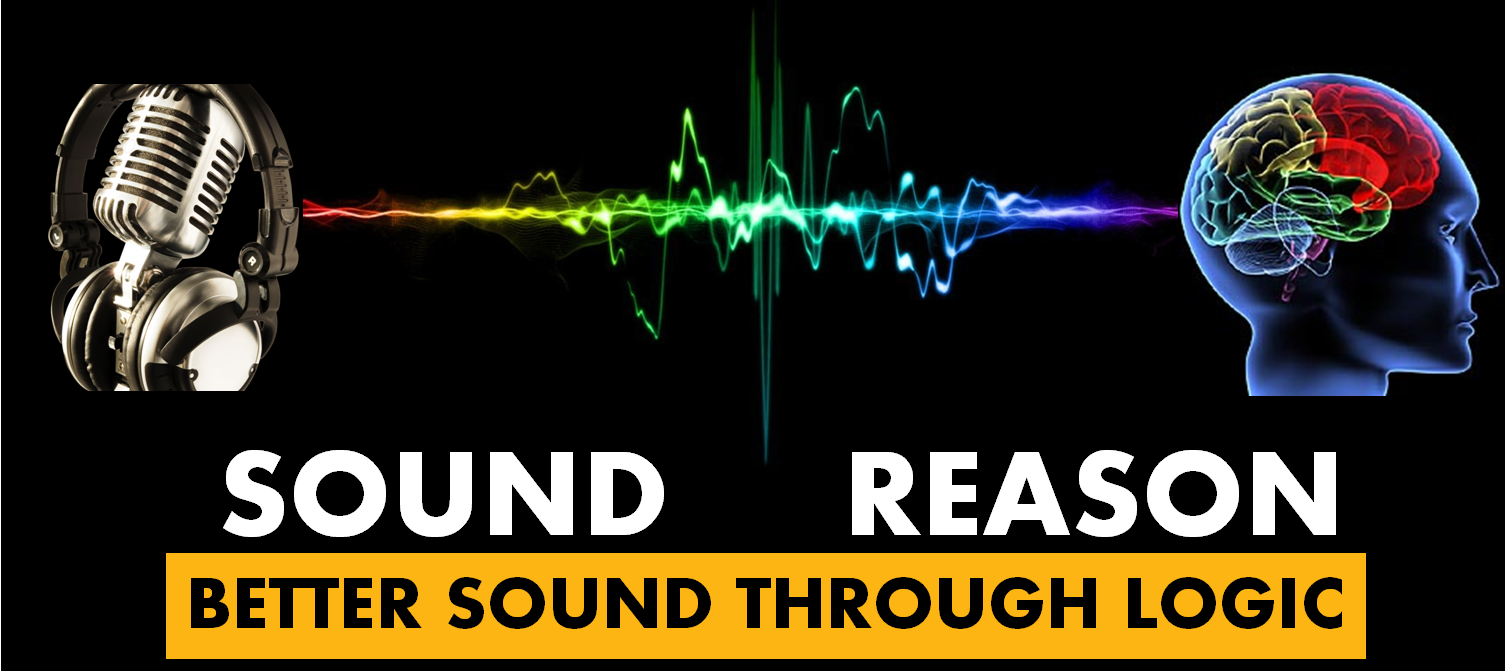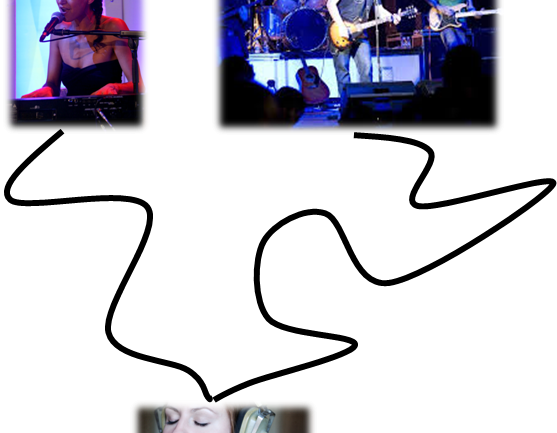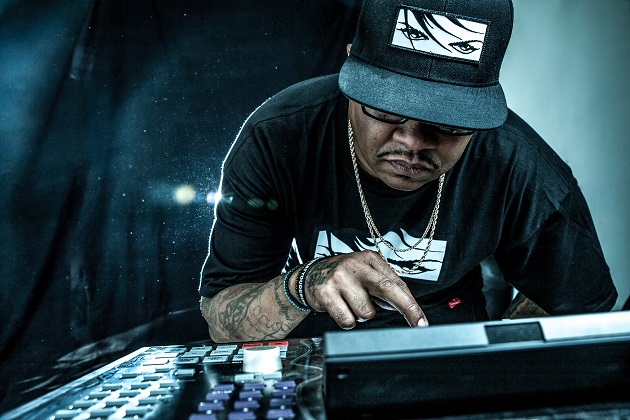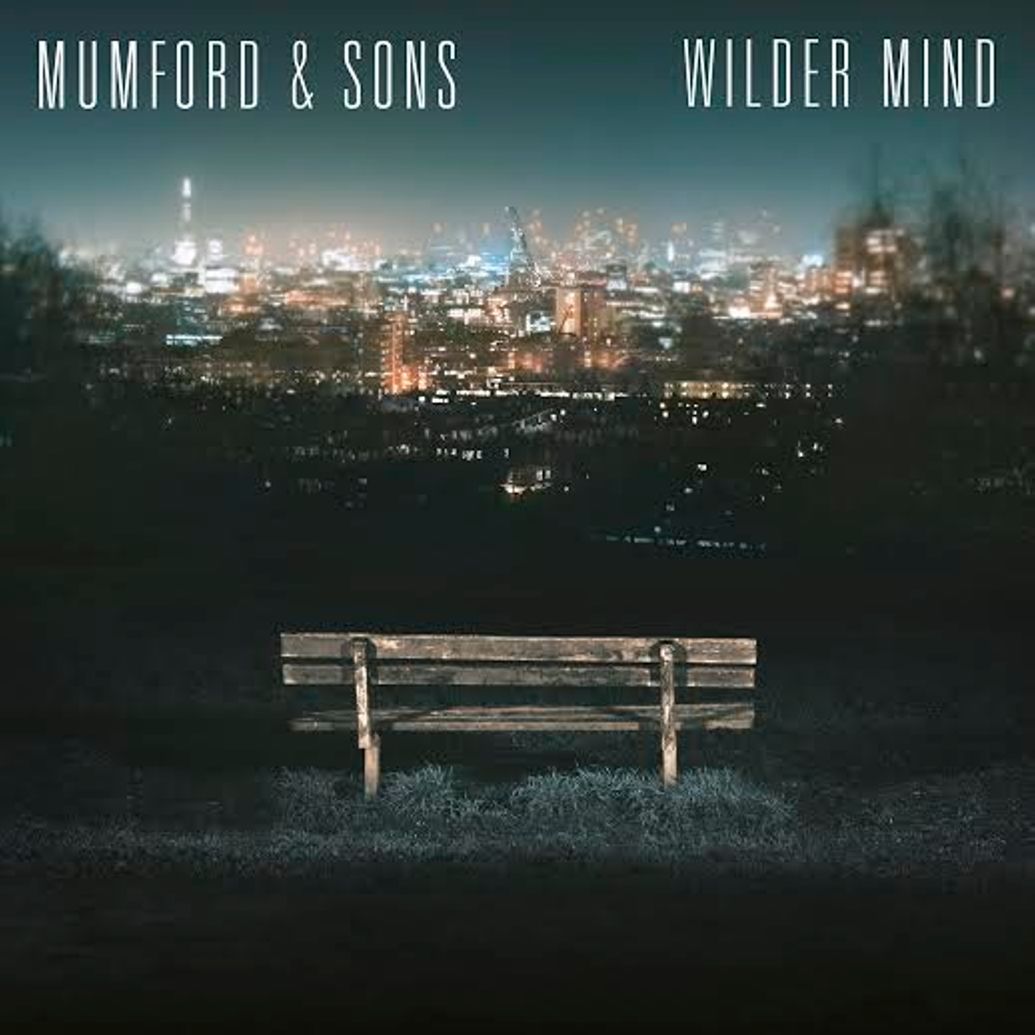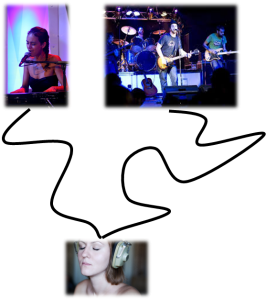 Singer/songwriters are everywhere these days. I can honestly say that I’m not complaining about that fact in any way shape or form. When it comes to music released in the last 20 years I could safely estimate that at least 80% of the music that I’ve purchased would have been by an artist that goes solely by their name without “band” at the end of it.
Singer/songwriters are everywhere these days. I can honestly say that I’m not complaining about that fact in any way shape or form. When it comes to music released in the last 20 years I could safely estimate that at least 80% of the music that I’ve purchased would have been by an artist that goes solely by their name without “band” at the end of it.
These artists pour themselves into their music and songwriting, even if it’s just a hobby. The stories from the songs tend to be hyper-personable which can make them all the more relatable.
One of those amongst the ranks of the up and coming singer/songwriters in the San Francisco area is a friend of mine named Starr Saunders. At her last gig she jokingly said that she could release an EP that was all about the joys and failures of online dating. Those are the kinds of stories you can’t get from the larger acts because that’s not a part of their life experience anymore, but millions of people can now hear and relate to the shared experience.
One of my favorite things about the singer/songwriter group of performers these days is that each show can be so unique just due to the instrumentation that accompanies them. It could just be that artist up on stage with an acoustic guitar or piano. They might show up and add a percussionist, string player, horn player, or they could show up with anything from a 4-piece to a 12-piece band. That variation on the performance creates such a different experience for the audience because it can range from the purely intimate to the bone shaking grooves.
That variation, though, also means that the artist has to understand how to make adjustments to their songs that suit the given instrumentation. Things that can work when you have a full rhythm section behind you might create discontinuity when performed solo. One example that comes to mind is the idea of changing the feel of the song between verse and chorus.
The best jazz band instructor I ever had gave me some interesting insight into how the rhythm section works in an ensemble. The drums are the headlights of the band, letting everyone know where they’re going and what’s coming up next in the song. Will the band be speeding up, slowing down, hitting a break, or syncopating? It’s up to the drummer to let them know. The bass is the heartbeat of the band. As an instrument that functions both for rhythm and harmony it’s up to the bass to let the rest of the group know where they should be at that point in time. When you’re able to get a tight rhythm section where the bassist and drummer know how to work with one another to keep the band in rhythm, or even off rhythm depending on the track, it makes all the difference in the world. But it’s not just the band members that they are guiding through the songs, it’s also the audience.
People listen with anticipation of what’s coming up next whether or not they are conscious of it. When performing as a solo artist, sometimes simplifying the arrangement is required in order to keep the continuity of the song more listener friendly. If there are breaks or changes in a song when performed with a full ensemble but no rhythm section to guide the audience through the variations, the song can become disjointed making the listening experience much more difficult and potentially causing the song to add more distraction.
I am by no means saying that a singer/songwriter shouldn’t include rhythm changes or breaks in a song when performing solo. There are artists that use these songwriting elements with amazing results when on stage alone, but the potential is there to lose the audience if the continuity is broken.
Think of it as similar to writing a set list. There are certain songs that artists only perform in smaller, more intimate venues because of the emotion or reaction they are trying to get, while other barnstorming style tracks might be more suited for the larger venues. The same holds true with how to perform that song. The goal should be to keep the audience engrossed, involved, and drawn into the music you’re playing and story that you’re trying to tell, if your songs start to bring them out of that space, you might not get them back.
